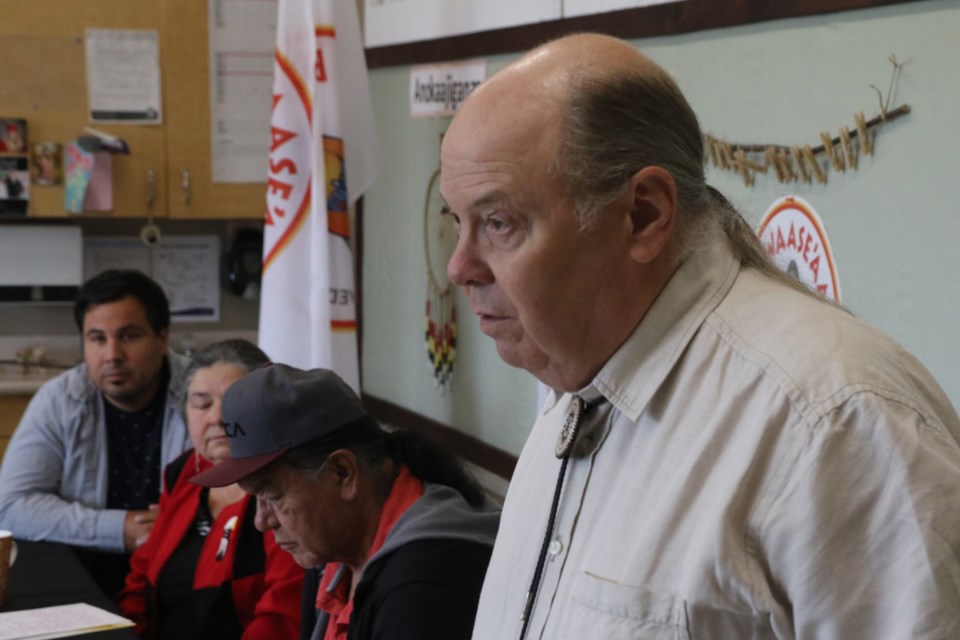THUNDER BAY - More than 1,600 students are on the verge of being without a long-standing program for the upcoming school year.
Funding for the Biwaase’aa program - a service designed to address child poverty issues by increasing life skills of Indigenous youth - has been delayed by the Ministry of Education.
“We’re devastated that we didn’t hear the funding would come through,” Marilyn Junnila, executive director of the organization that runs the Biwaase’aa program said.
Junilla said they expected a decision of whether to continue funding for the program in July, but as of Monday the Ministry only announced a delay.
The program, which runs in eight local schools, provides Indigenous and non-Indigenous students aged 7-13 with cultural, social, and educational support. Biwaase’aa also has a food program which feeds more than 1,600 students per day.
“You will have a lot of young people coming to school hungry, they won’t have one-on-one support for math and literacy, and they won’t have a friend to go to,” said Junnila if the province were to discontinue the program.
Biwaase’aa relies on $900,000 in funding each year. Since 2013, the Wynne government provided the majority of the cost, while United Way and RBC also contributed.
Without the provincial funding, the program would discontinue.
“It would be heartbreaking for me because I grew up with this program and it shaped me to become who I am today,” said Dannell McGinnis.
McGinnis was part of the program as a student from Grade 6 into her high school years.
After earning her high school diploma, she was employed as a Biwaase’aa youth outreach worker.
“The children love the program,” she said. “To be there with them and to help shape them is really, really important
Dr. John Hodson has a doctorate in Indigenous education, and his research has looked into the effectiveness of the program.
“We determined that the longer the kids were in this program, the better off their attendance, literacy scores, and math scores were,” he said. “More importantly when talking to these kids, we saw they had surpassed the victim mindset and we're starting to see themselves as change agents in their own communities,”
“This is the program that shifted their consciousness and helped them surpass the legacy of colonization.”
Hodson said he’s never seen a program in Ontario that’s had the type of success of Biwaase’aa has, largely because the program is independent of any board of education.
“This is a program where research shows that it works,” he said. “There’s a fundamental problem with Aboriginal education in this province... and this is a program that does something positive.”
A 2018 study from the government of Ontario shows that 47 per cent of First Nations students receive a high school diploma within four years, compared to 80 per cent of non-Indigenous students.
“I get that there’s a learning curve when a new government comes in,” Hodson said. “Unfortunately in this instance, it’s putting our children at risk in our city
“Without this program, Indigenous students won’t see their own people reflected in the hallway.”
